13 Overrated Foods We All Pretend to Love (But Secretly Don’t)
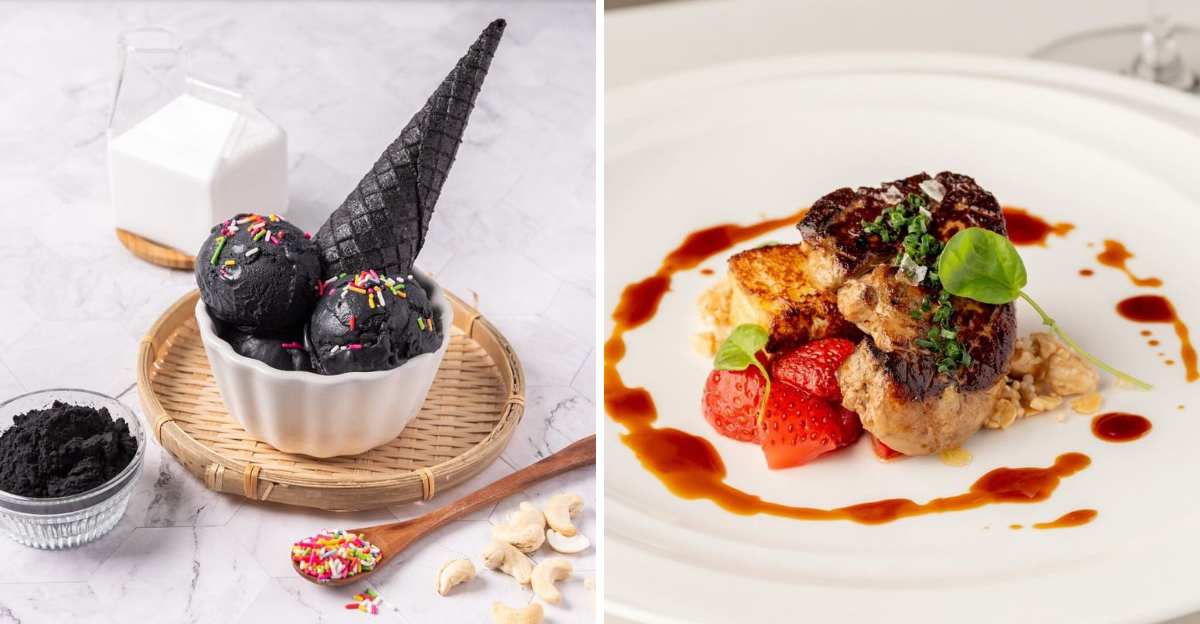
In culinary conversations, certain dishes are often hailed as the epitome of taste and sophistication. However, many secretly harbor doubts about their actual appeal. Let’s explore thirteen gastronomic delights that many of us pretend to adore but might not find as delightful upon honest reflection.
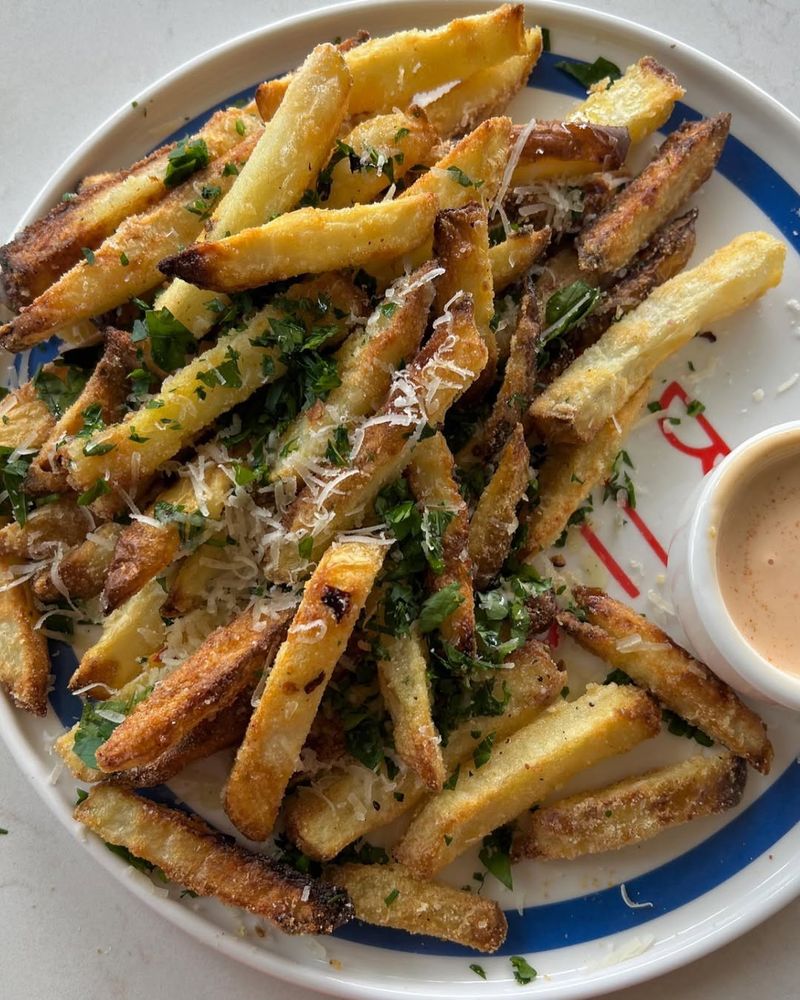
© coconutandbliss 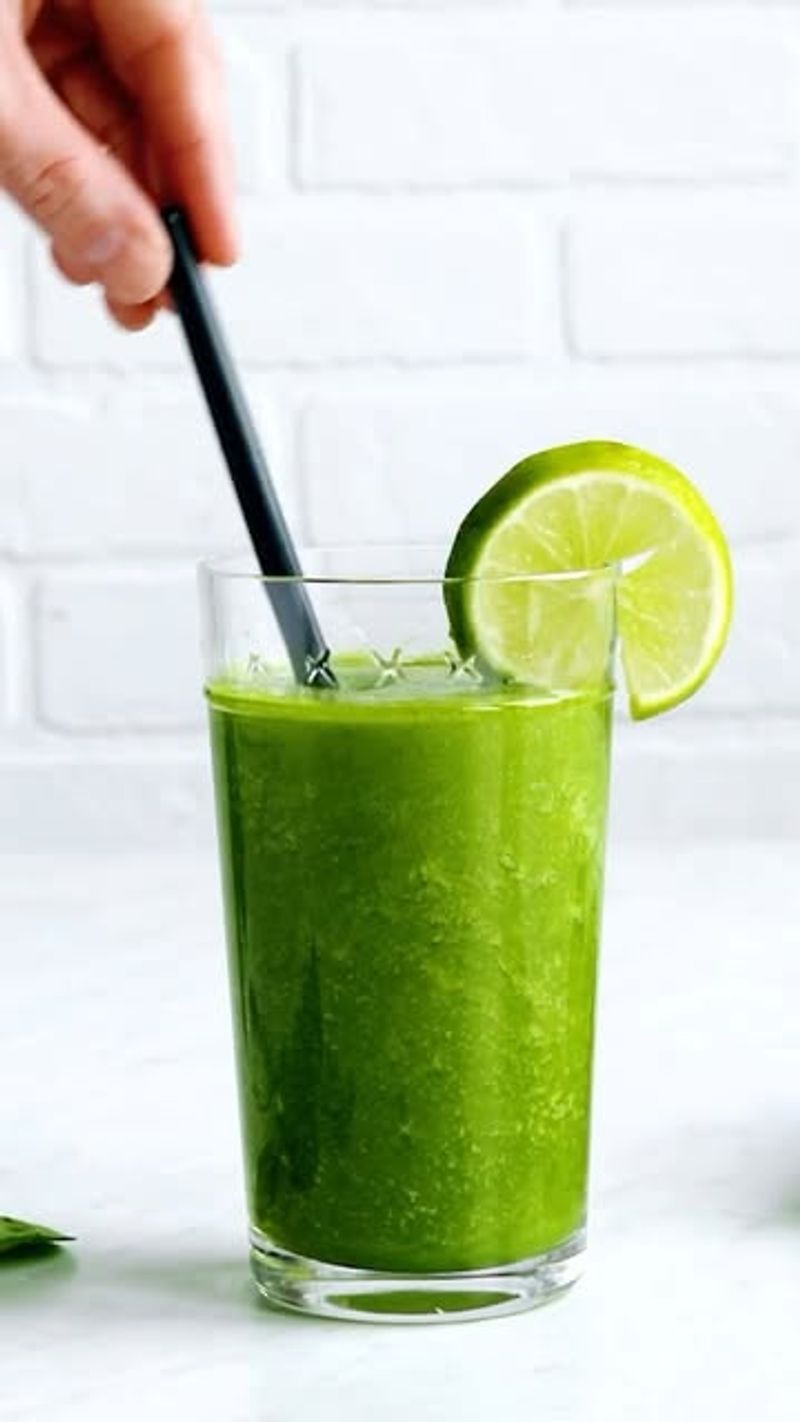
© simplegreensmoothies 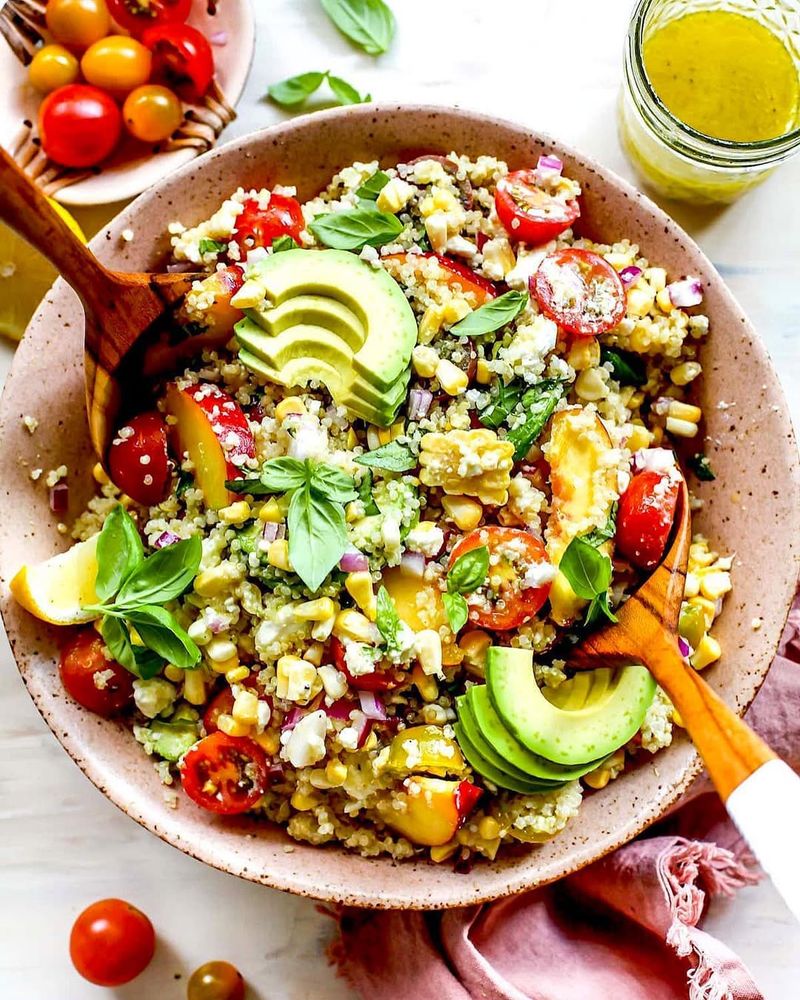
© twopeasandpod 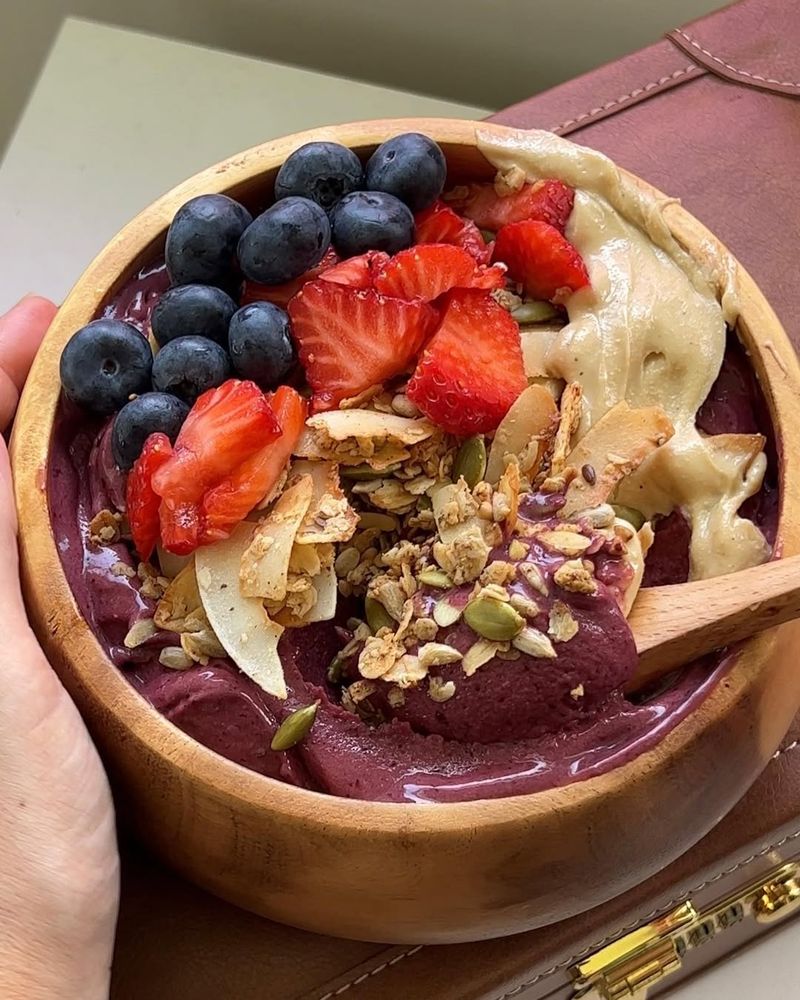
© emilygough 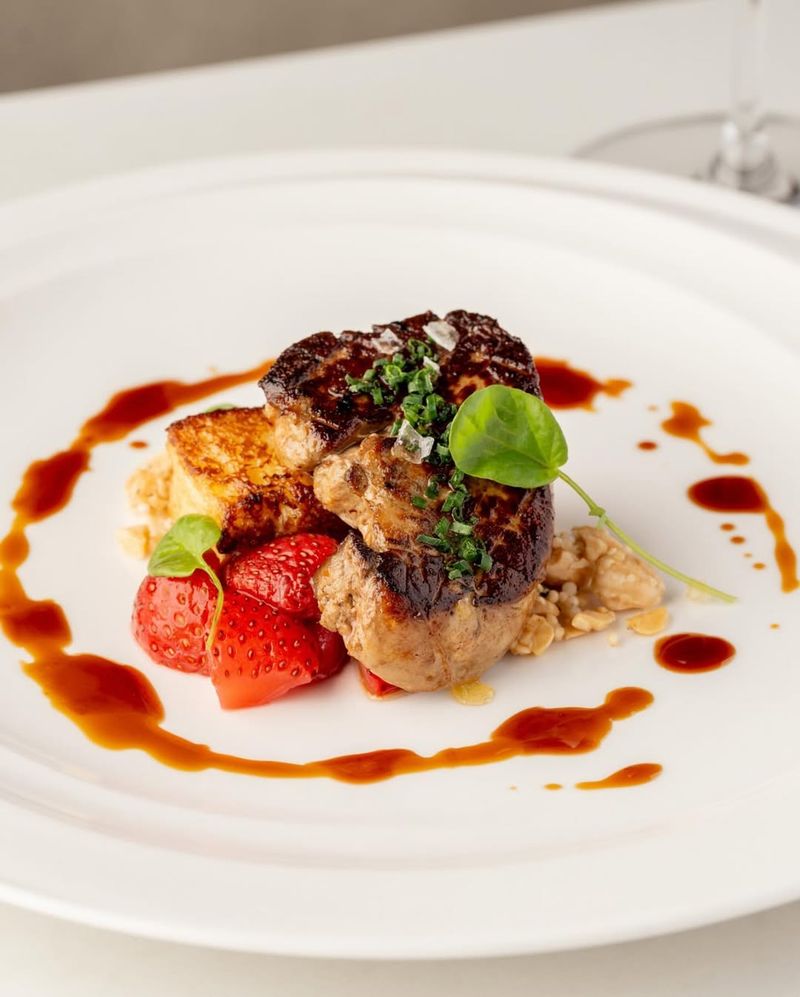
© hellskitchen 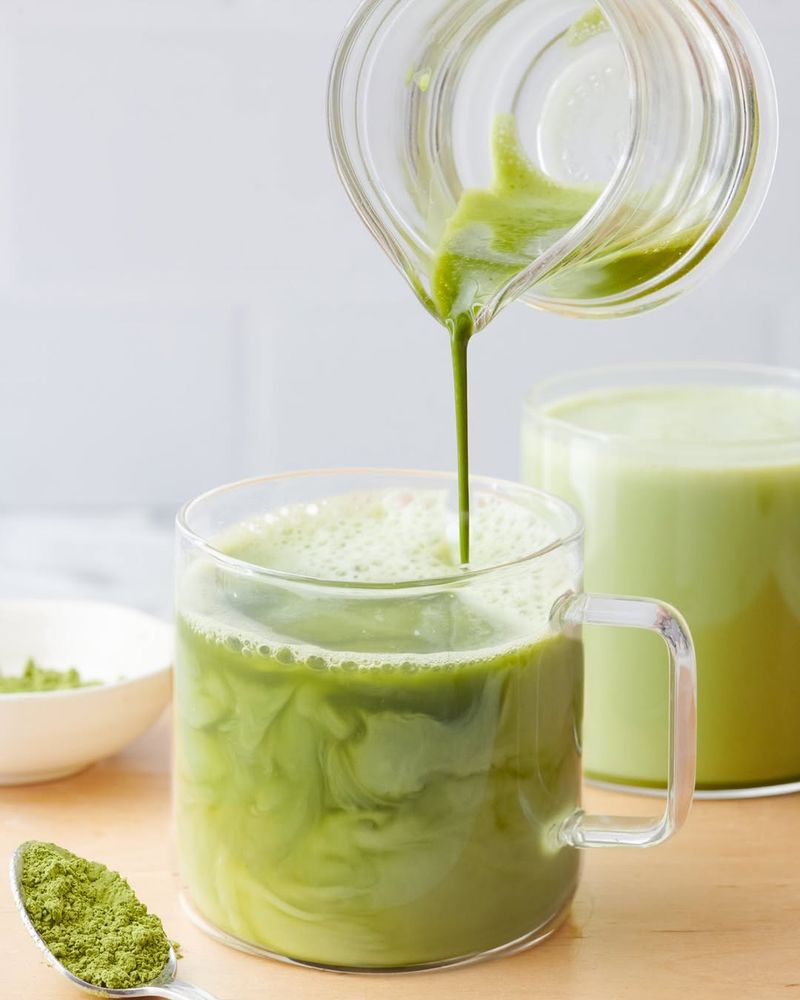
© feelgoodfoodie 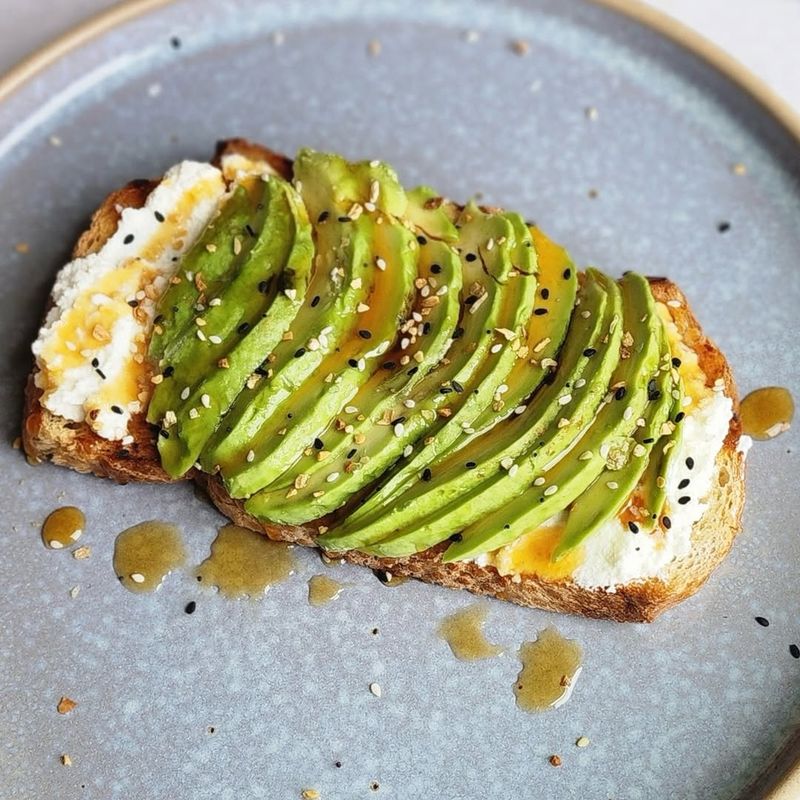
© traderjoes5itemsorless 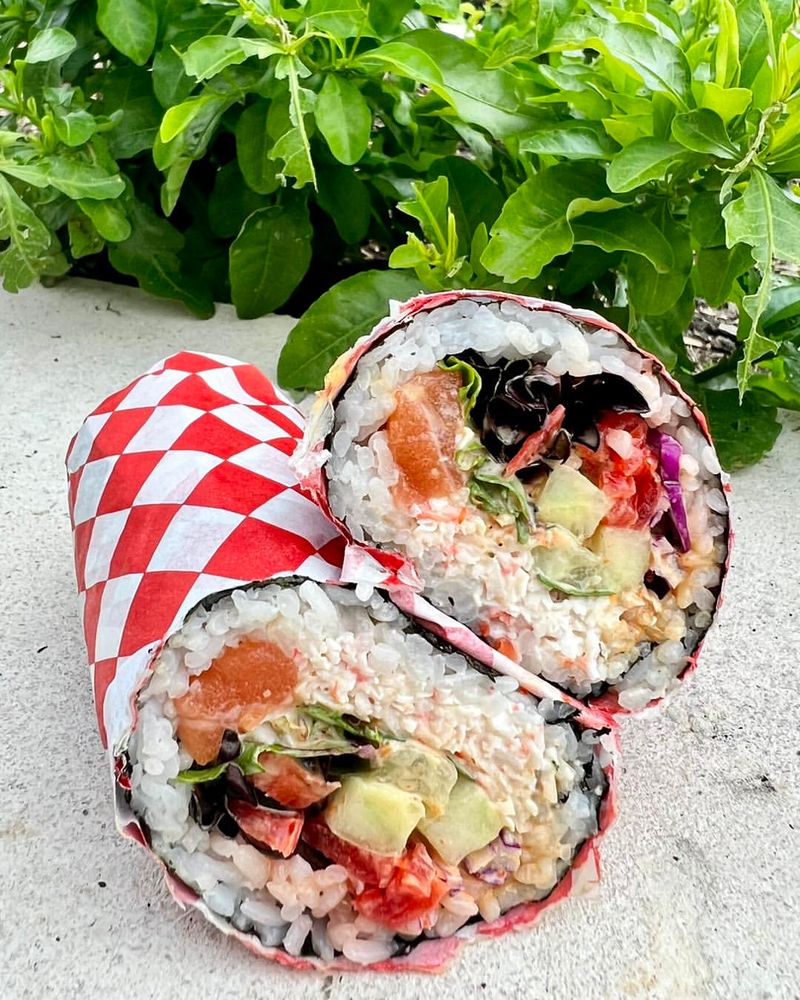
© umakisushiburrito 
© blowaburp 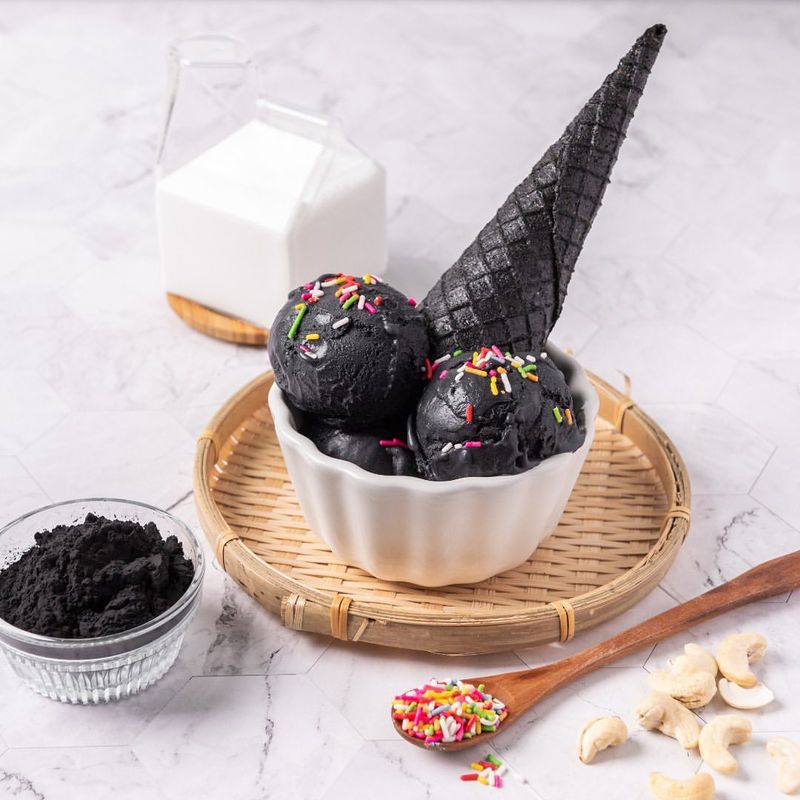
© kindkones 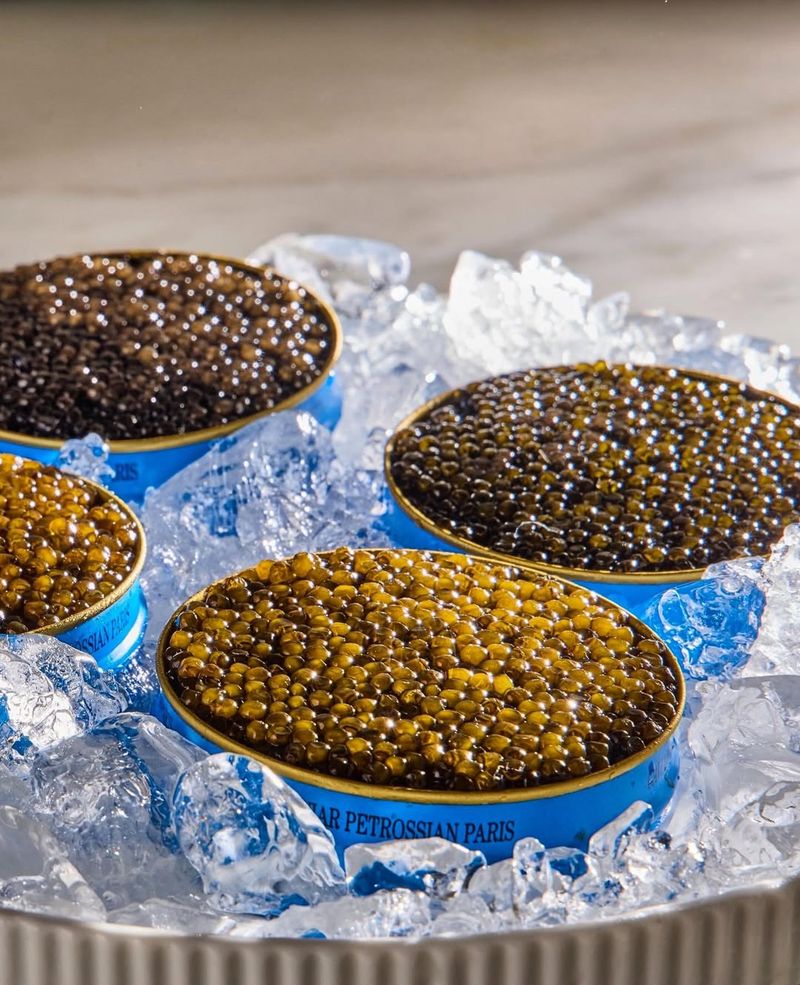
© petrossiannyc 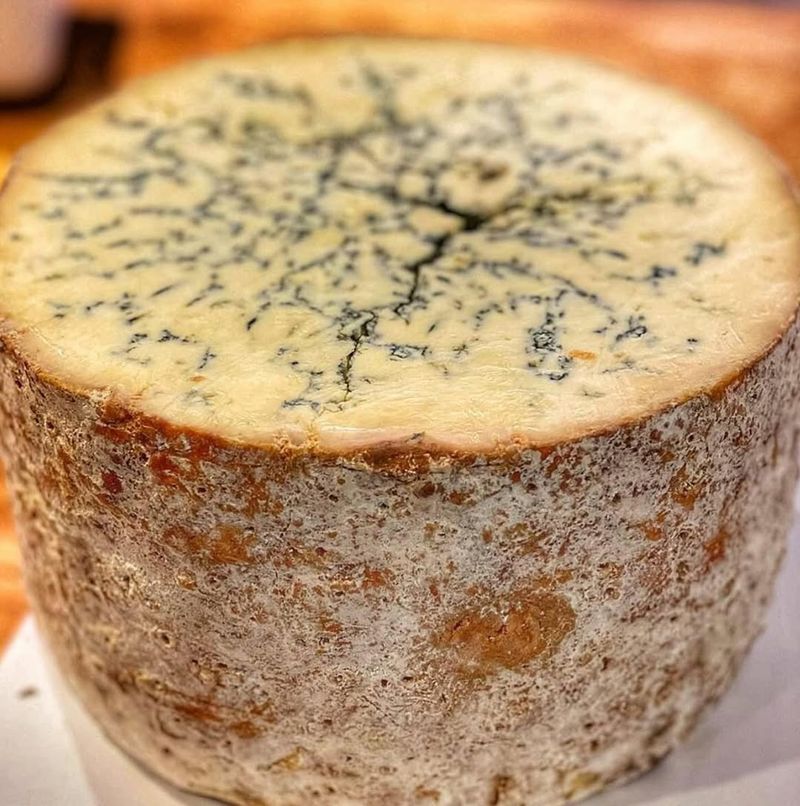
© chevremiami 
© yumgourmetdonuts
1. Truffle Oil Fries

2. Kale Smoothies

3. Quinoa Salads

4. Acai Bowls

5. Foie Gras

6. Matcha Lattes

7. Avocado Toast

8. Sushi Burritos

9. Edible Gold

10. Charcoal Ice Cream

11. Caviar

12. Blue Cheese

13. Gourmet Donuts

